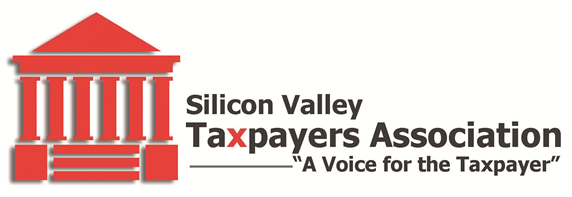-
-
-
Elections
-
-
-
-
-
-
-
-
-
-
-
-
-
-
-
-
-
-
-
-
-
-
-
-
Voters Decide How Much to Pay [Wall Street Journal; 10/31/12]
-
-
-
-
-
-
-
-
-
-
-
-
-
-
-
-
-
-
-
-
-
-
THE WALL STREET JOURNAL
Voters Decide How Much to Pay and Who Will Be Next to Lead
Initiatives Across the Region Seek More Money From Taxpayers to Fund Even Basic Services
by Bobby White
October 31, 2012
On Nov. 6, Bay Area voters will encounter a common theme on the ballot: requests for more money.
More than five years into a cycle of lower property-tax revenue, due to the housing bust, many cities in the region are again turning to residents to raise money. But in contrast to previous years, many of the initiatives are designed to pay for essential services such as firefighting and police rather than community enhancements.
"Local government is facing intense pressure to find new revenue," says Michael Coleman, a fiscal policy consultant with the California League of Cities, a lobbying organization based in Sacramento. "They're getting squeezed."
In the Bay Area, there are nearly three dozen tax measures on the ballot, out of a statewide tally of about 300 revenue-raising proposals and 100 bond measures from schools and community colleges. Requests are coming from nearly every kind of municipal body—schools, service districts, cities and counties—amid escalating pension costs and declines in other tax revenue.
Critics say the tax initiatives force residents to pit local and state measures against one another. "Residents have a limited amount of money to address state and local issues, and when they face multiple ballot measures they can sometimes be overwhelmed," says Jon Coupal, president of the Howard Jarvis Taxpayers Association, a libertarian political watchdog based in Sacramento.
In Ross, about 20 miles north of San Francisco, town leaders are campaigning for Measure D, a $950 parcel tax that would be levied on every property owner. The tax, which pays for local police and fire services, had been in place since 1984, but expired earlier this year.
Officials attempted in June to replace the tax, but came up short after 60% of the voters approved the measure—short of the needed 66% threshold for fee and tax increases in California.
Town manager Rob Braulik says Ross's situation is unusual because the city's budget is highly dependent on the parcel tax. "We will be left in a serious jam if this measure does not pass," says Mr. Braulik.
In Fairfield, a Sonoma County city with a population of 100,000, leaders declared a fiscal emergency in March after experiencing a 25% drop in tax revenue over the past four years. Now the city is counting on voters to approve Measure P to stave off budget cuts.
The measure would impose a 1 cent sales-tax increase, and is estimated to bring in an additional roughly $13 million annually over five years.
David White, Fairfield's director of finance, says that while bankruptcy isn't imminent, if Measure P isn't passed, the city may have to lay off more than 15% of its police force and close one of its five fire stations, among other cost-cutting measures.
Mr. White says the city's woes stem from the economic downturn and the closure of its redevelopment agency, an economic-development vehicle with a mandate to improve blighted sections of the city. "California cities are limited in how they can raise revenue, and the ballot initiative is often the only place we can turn to address budget shortfalls or in general a lack of funding," he says.
Some Bay Area residents may face multiple tax measures from local agencies. For example, voters in the East Side Union High School District in Santa Clara County will confront seven tax measures on the ballot in addition to a $120 million bond measure the school district is seeking.
The school district's measure, which would be used to build new classrooms and upgrade equipment, will compete with state tax measures Proposition 30 and 38, as well as Santa Clara County's one-eighth-cent sales tax and parcel tax sponsored by the Santa Clara Valley Water District. Residents in the school district will also face three tax measures offered by the elementary-school districts in Santa Clara County.
John Roeder, president of the Silicon Valley Tax Payers Association, a group that says its mission is to protect the rights and interests of taxpayers, says the competing measures are a sign of how Santa Clara County officials are out of touch. "They seem to understand that their own finances are hit by the economy," he says, "but they think taxpayers should just pay more even though the taxpayers have been hit even harder by the economy."
Mr. Roeder's organization has come out against all of the parcel-tax and bond measures in the county. He says the school-district bond measures are a way for schools to spend money they don't have and "to place the burden of repaying that money on the shoulders of future generations."
Frank Biehl, president of Santa Clara's East Side school board, says bringing equipment and buildings from the 1960s and 1970s up to date requires money the school district just doesn't have.
Mr. Biehl says he is worried about the measure's fate at the polls but believes it will compare well to other initiatives because it is the least expensive one. Budgeting through the ballot box is not ideal, he says, but "we have no alternative but to turn to our residents."
This article is also posted at the Web site of The Wall Street Journal, here.
